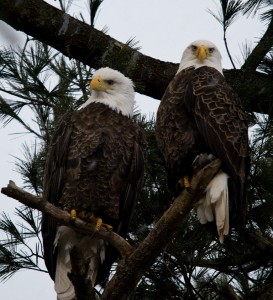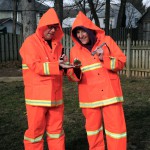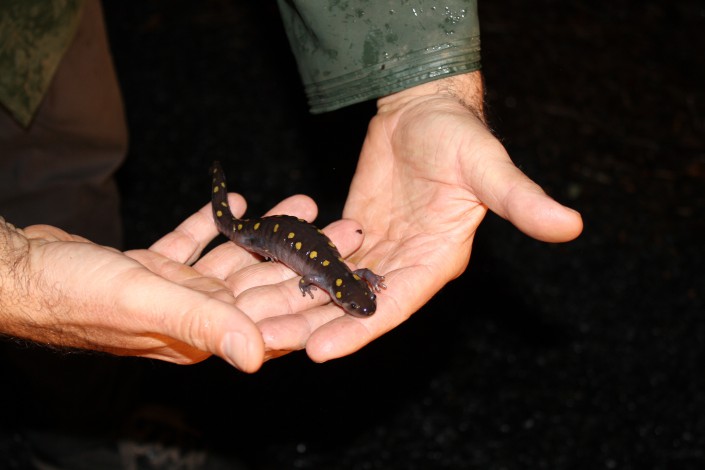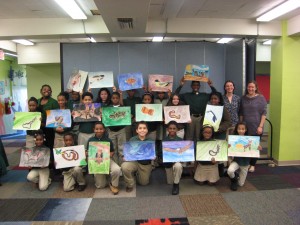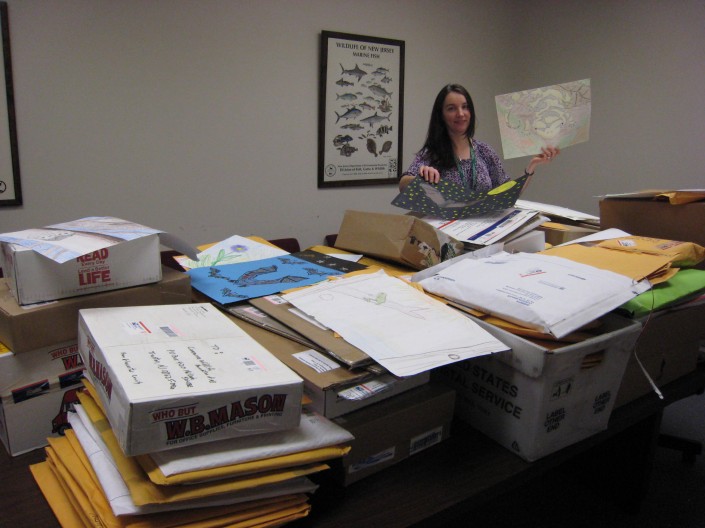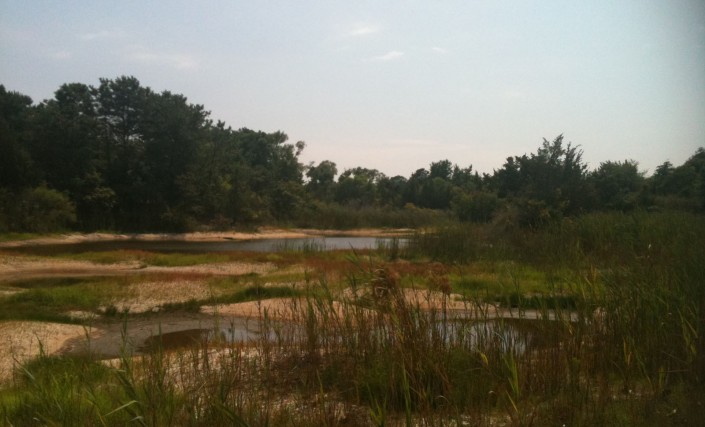Spotlight on Laurie Pettigrew, Women & Wildlife Leadership Award Winner
The 2012 Women & Wildlife Leadership Award Winner is Laurie Pettigrew. Laurie has been a biologist with the NJ Division of Fish & Wildlife for the last 25 years. She established the Becoming an Outdoors Women Program and is the author of the New Jersey Wildlife Viewing Guide. She is an eloquent ambassador for wildlife recreation in our state and has helped to restore hundreds of acres of grassland habitat in southern New Jersey for many endangered bird species such as the American kestrel and Eastern meadowlark. Join us to honor Laurie and other 2012 Women & Wildlife Award Winners on Sunday, April 15th beginning at 2pm. Click here for tickets and more information.
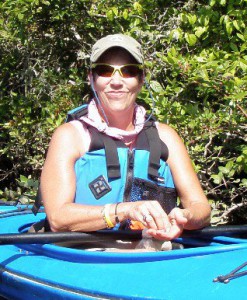
What is the worst thing you have to do for your job? Paperwork.
What is the best thing you get to do? Play with power tools!
What is the one tool or resource that makes your job easier? My big girl truck! Just kidding. It is one of my favorite tools even though I hate to admit it. My most useful resource is ArcGIS.
If you couldn’t do what you are doing now, what profession would you attempt? Cookie baking.
What is the best thing anyone ever taught you? Always carry a pocket knife.
What wildlife “lives” in your office? Mice, black snakes, and a few spiders!
What were you doing before you answered these questions? Training my dogs to find shed antlers.



